projects
Ground Control
A retro-looking home control panel.

GIMME DANGER!!
A USB Power Delivery (USB-PD) trigger board running ESPHome. Here's a demo of it negotiating 12V from a USB-C wall adapter and controlling an LED strip through Home Assistant:
spellcaster
elink
A daisy-chain of electronic shelf labels I made for decorating my office.
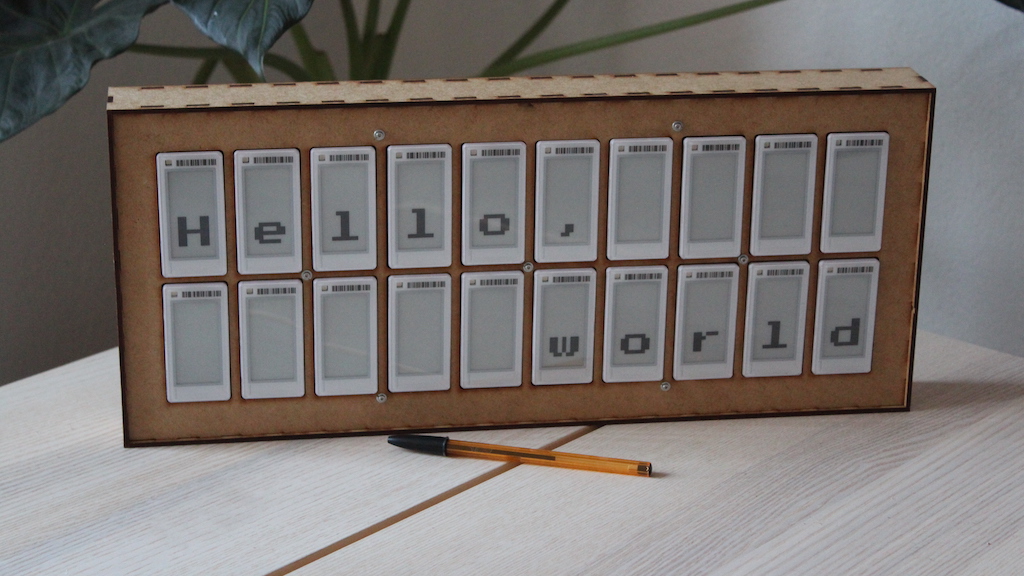
catprinter
The cat printer is a $20, wireless, portable thermal printer. I reverse engineered its Bluetooth LE protocol from the official Android app and put together a Python script to interface with it instead.
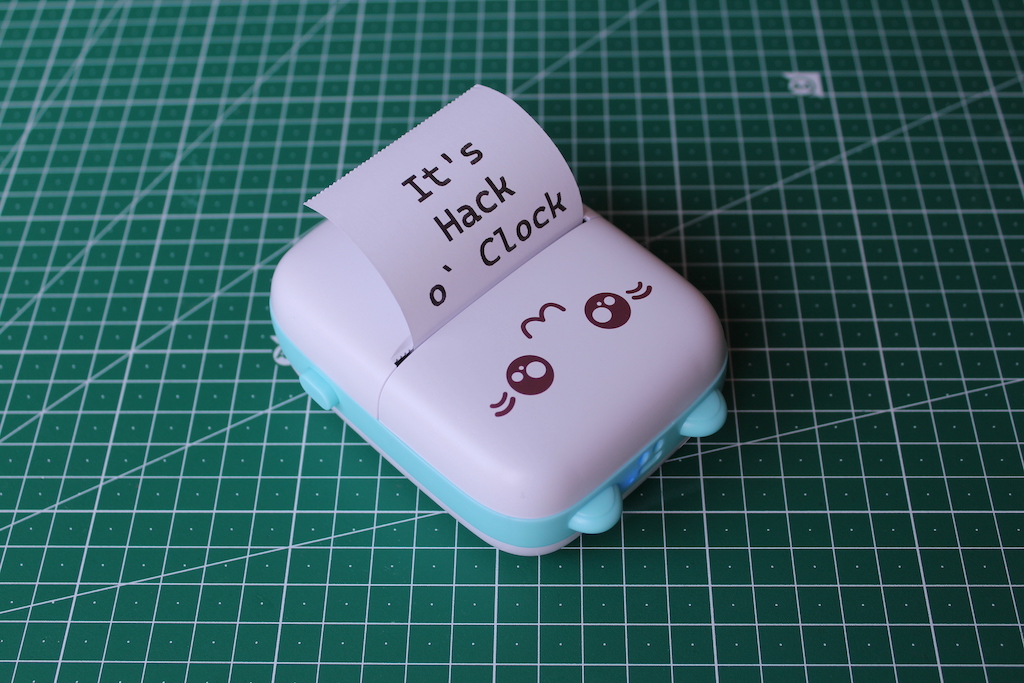
Sugarboat
A digital hydrometer. It floats on top of a solution and measures its density. It's used to track the fermentation process while brewing beer and wine.
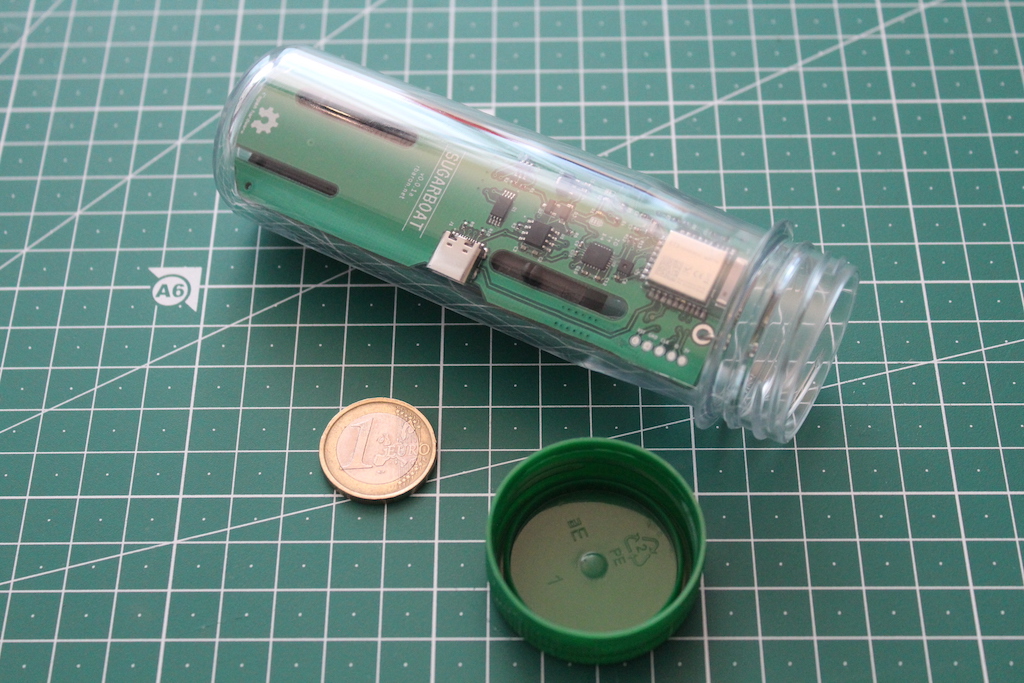
m6-reveng
Reverse engineering the M6 smart fitness band.
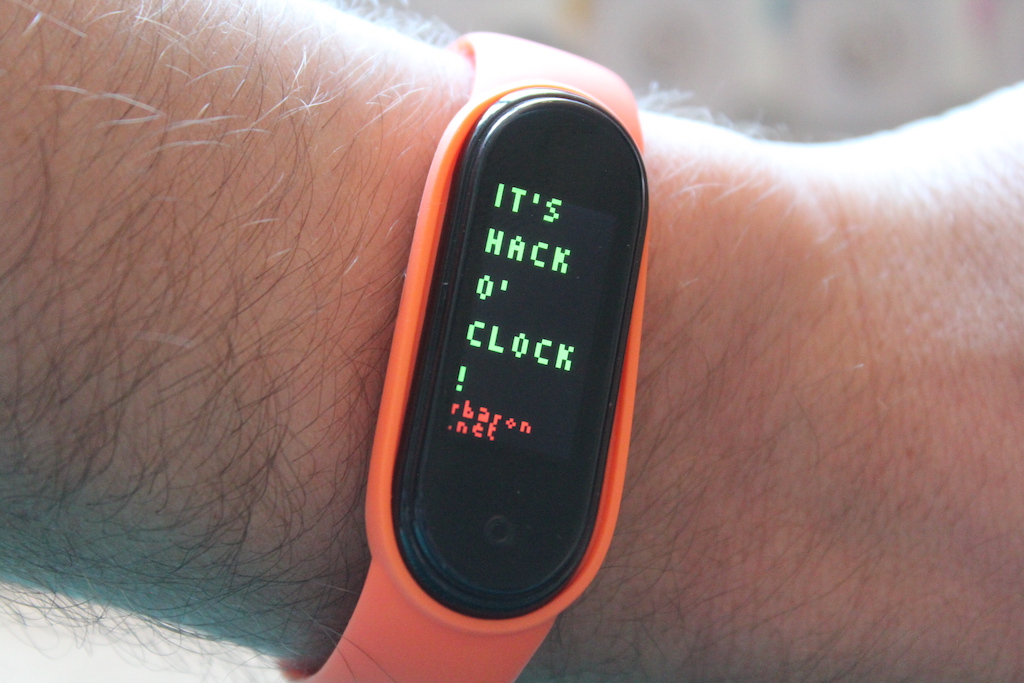
b-parasite
An open hardware and open source soil moisture and ambient temperature/humidity sensor. It uses Bluetooth Low Energy (BLE) to broadcast its sensors' data.
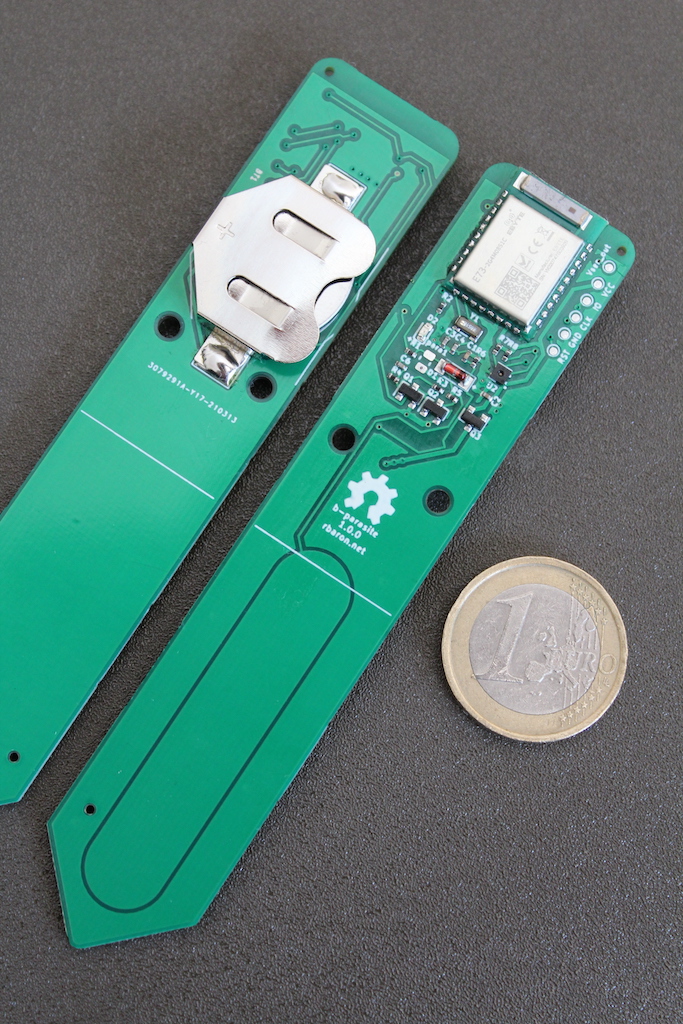
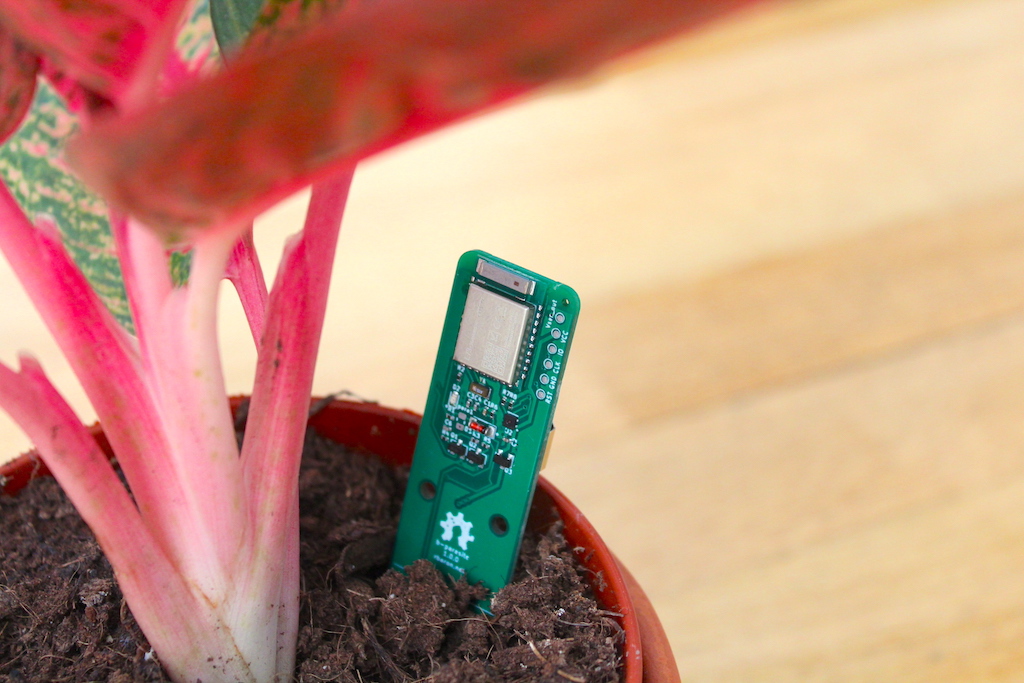
LIR2450-charger
An open hardware LIR2450 coin cell battery charger.
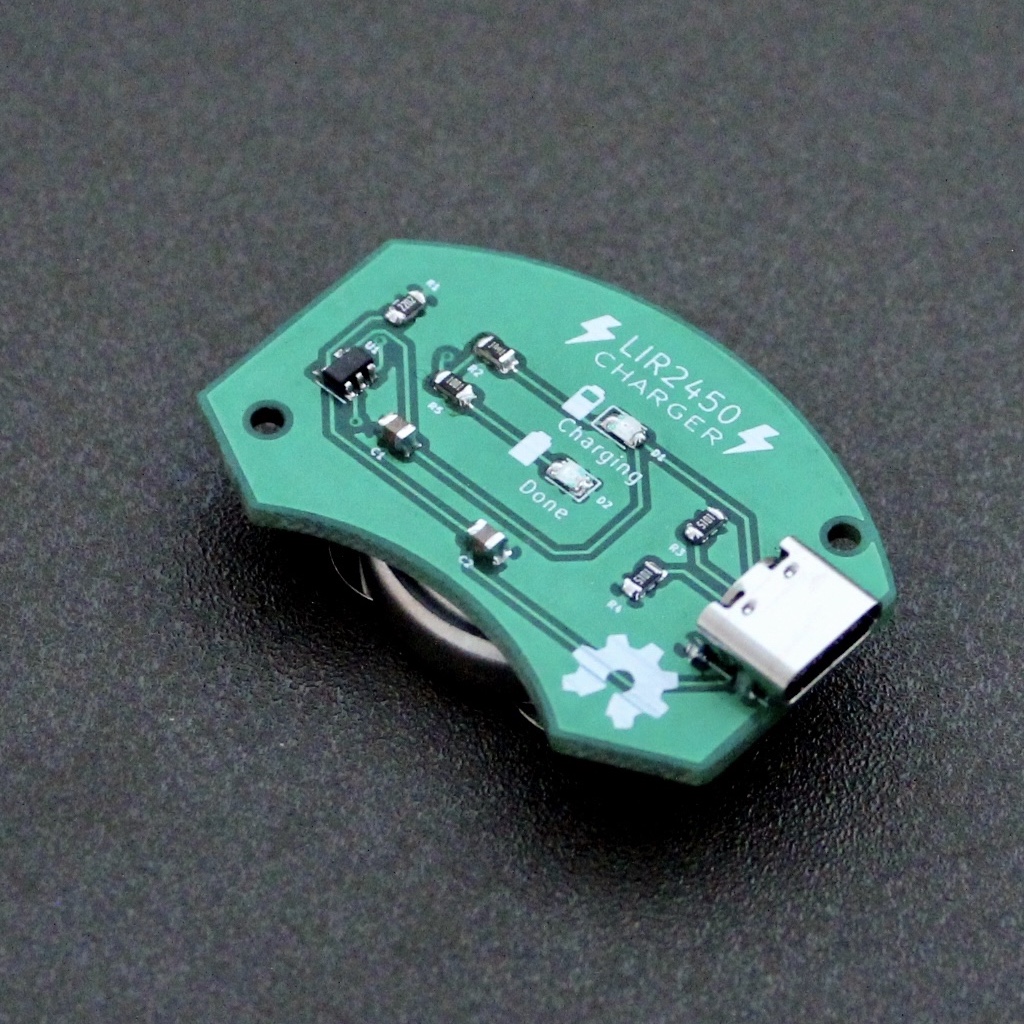
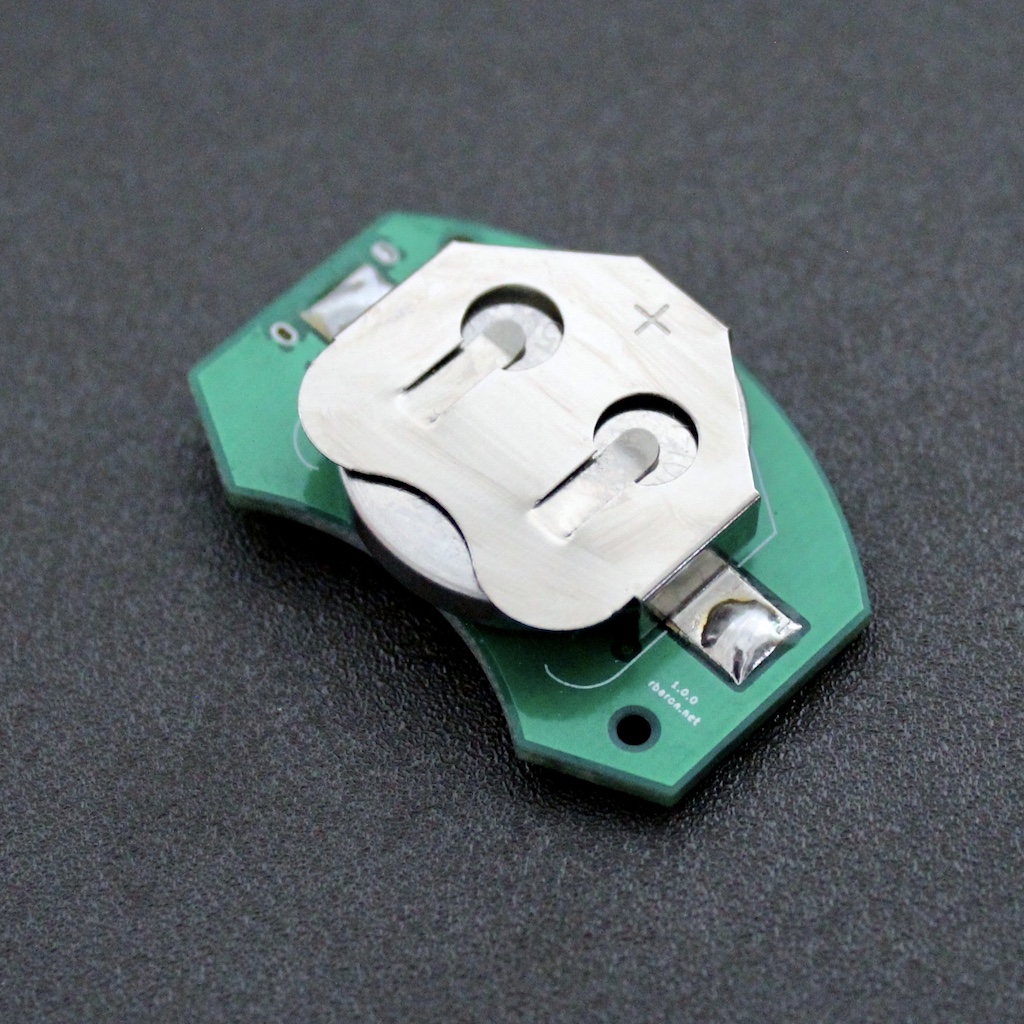
Front and back of the printed circuit board.
awesomenes
A Nintendo NES emulator written in Go.


Donkey Kong and Super Mario Bros. running on the emulator.
fitless
Hacking a cheap fitness tracker bracelet.
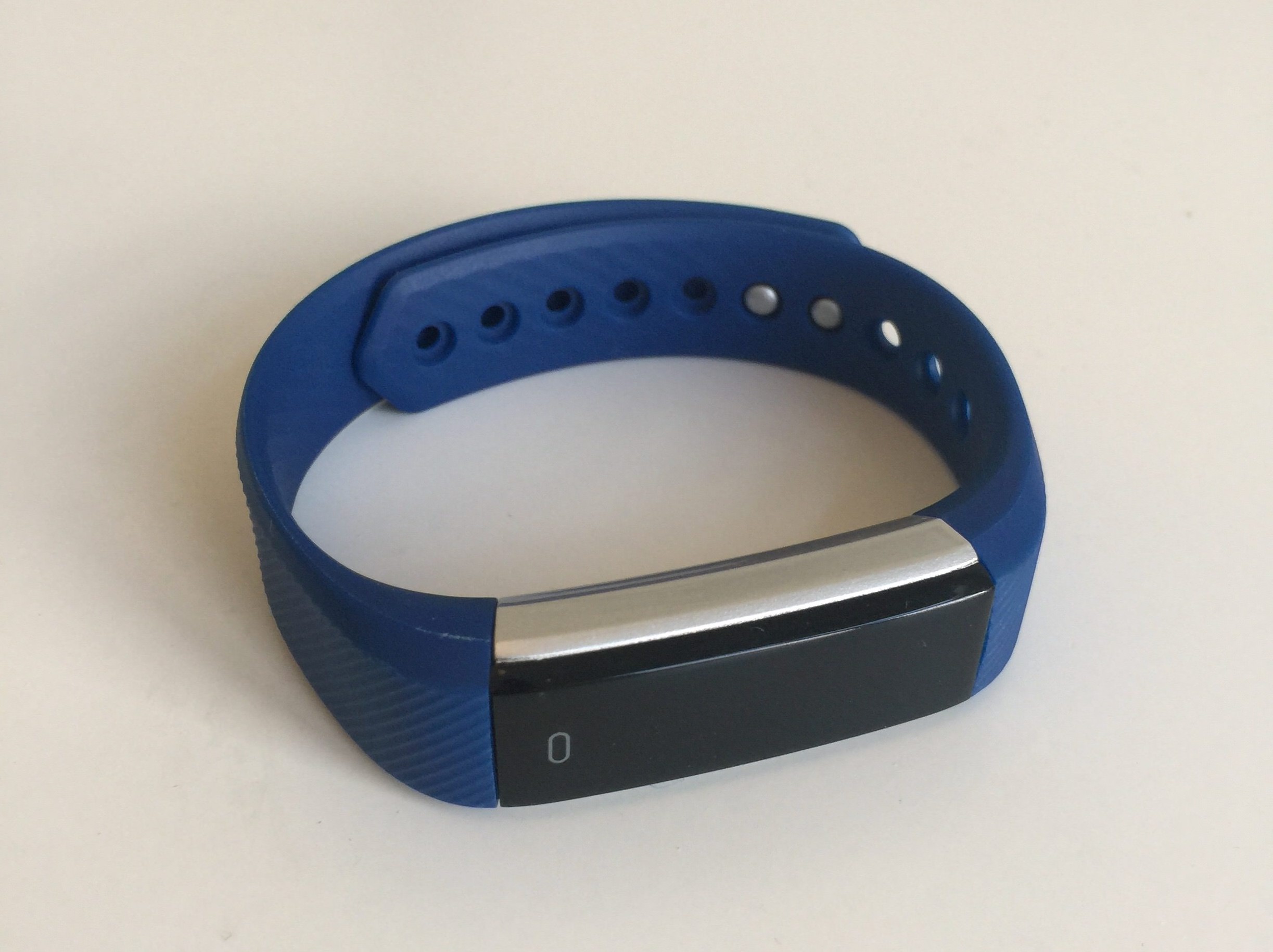
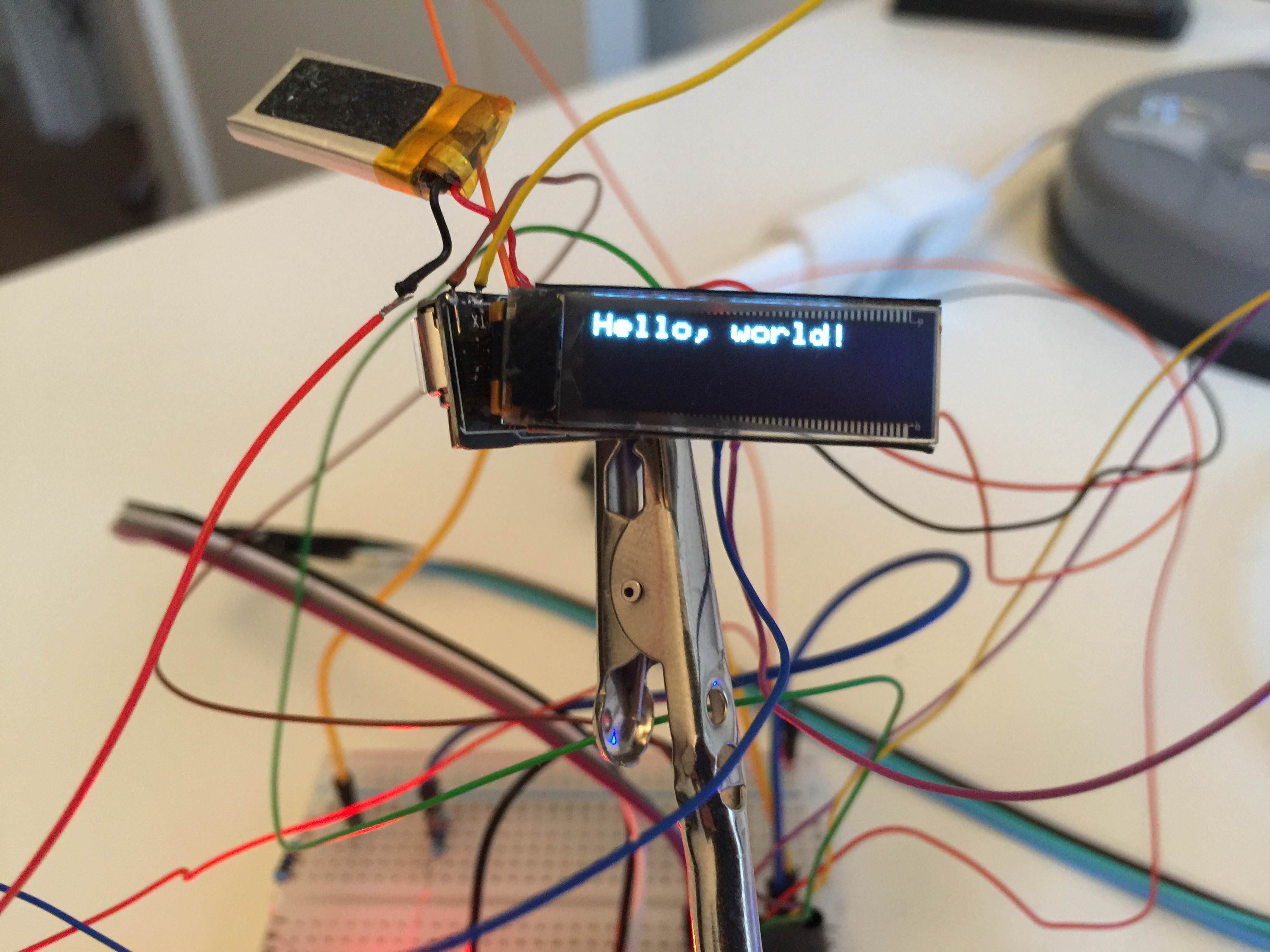
"Hello, world" running on the fitness bracelet
omr
A minimalistic Optical Mark Recognition Python/OpenCV script.


On the left, a picture of an answered sheet, used as input. On the right, the output with the automatically recognized answers
secret
An toy implementation of Shamir's secret sharing scheme in zero-dependencies C. Using this, a secret (for example, a password), can be split between n people, so that k people are needed to reconstruct it.